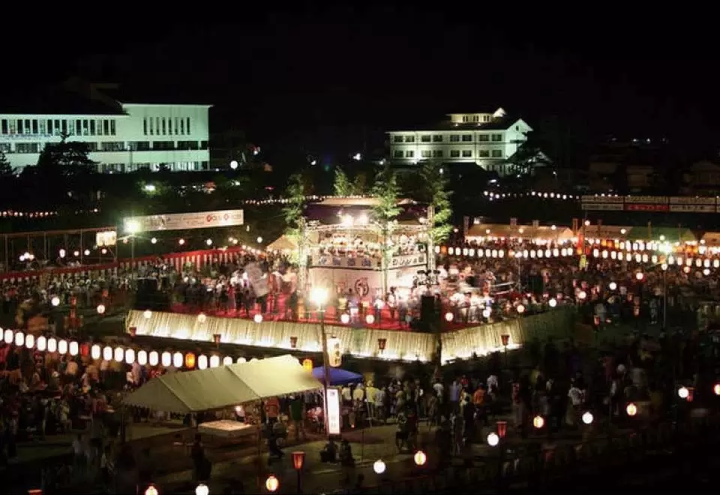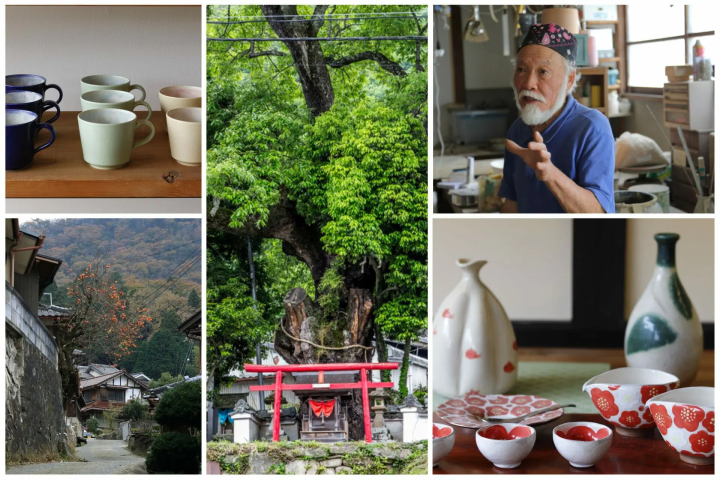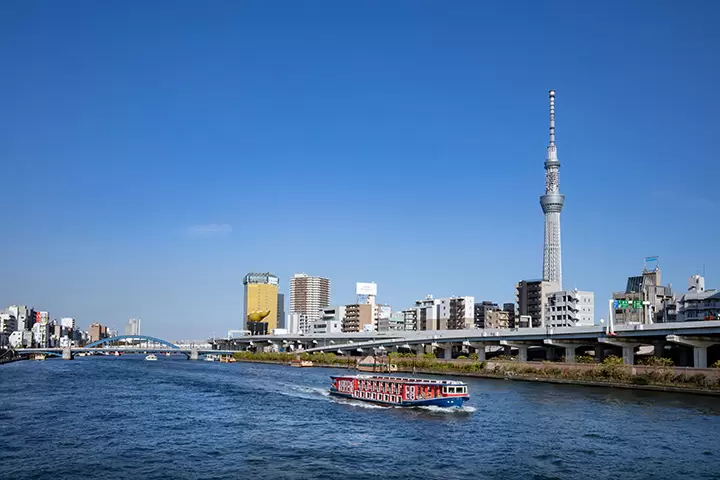We will provide an easy-to-understand explanation of Japan Heritage.

We will explain in simple terms what Japan Heritage is. Japan Heritage is a collection of 100 stories that are essential to understanding Japanese culture. By learning these stories and visiting each of the regions, your travel experience will be even more fulfilling. If you are interested in history and culture, be sure to learn about Japan Heritage and experience these stories!
Japan Heritage is "100 stories that tell the culture and traditions of Japan" certified by the Agency for Cultural Affairs.

In other words, Japan Heritage is a "story" that conveys culture and traditions. This system was started by the Agency for Cultural Affairs in fiscal 2015, with the goal of certifying 100 stories nationwide by the 2020 Tokyo Olympic and Paralympic Games.
Furthermore, the pronunciation of Japan Heritage is "Nihon-isan," not "Nippon-isan."
When you travel, you won't just enjoy delicious food and beautiful scenery; you'll have a more fulfilling trip if you learn the stories behind the land. Be sure to learn the stories of Japan Heritage sites and use them as reference for your trip to Japan!
Differences with World Heritage and Cultural Property designations
The purpose of World Heritage registration and cultural property designation is to recognize the value of cultural properties and cultural heritage and to protect them. On the other hand, Japan Heritage aims to revitalize the region by utilizing and promoting the heritage sites scattered throughout the region as a "surface."
World Heritage: Protecting Japan's Heritage: Utilizing and revitalizing the region
Japan Heritage Story: Two Japan Heritage Sites in Tanba Sasayama
Now, let me explain the story of Japan Heritage in detail. Tanba Sasayama City in Hyogo Prefecture is a city that has been designated as one of two Japan Heritage sites.
Tanba Sasayama was one of the first towns in Japan to be designated as a Japanese Heritage Site. The story that was selected was "The folk song Tanba Sasayama Dekansho Bushi continues to sing of the charm of Tanba Sasayama."
The second Japan Heritage is a story about "Six Ancient Kilns You'll Love: A Pottery Production Area Born and Raised in Japan." It is a story about a pottery production area called Tamba ware, which has a history of about 900 years.
Tanba Sasayama City is about an hour away from Kyoto, Osaka, and Kobe. From Osaka, you can get there by JR without having to transfer.
Tanba Sasayama Dekansho Festival
The first story to be recognized as a Japan Heritage was "Tamba Sasayama Dekansho Bushi: Memories of Hometown Sung Through Folk Songs" in 2015.
The Dekansho Festival is a folk song and dance festival held every year on August 15th and 16th. It attracts as many as 80,000 people every year.
What's special about this Dekansho-bushi is that, even though it is a folk song, new lyrics are created every year. Local residents and tourists can create new lyrics that represent this year's Tanba Sasayama. At the festival, lyrics that express the food, scenery, and other aspects of the year are written and sung. It is a sustainable folk song in that completely new folk songs continue to be created every year.

We encourage everyone to visit Tanba Sasayama and try creating a new Denshobushi song in your own words!
You can enjoy experiencing the Dekansho dance at any time at the Dekanshokan, not just on the day of the Dekansho Festival.
Six Ancient Kilns: Tamba-yaki
Another Japan Heritage Site, "Rokkoyo" is the oldest pottery production area in Japan. There are six areas in Japan that have been producing pottery for 900 years, so they are called Rokkoyo (= six old kilns).
Tanba ware from Tanba Sasayama is one of them, with 60 kilns producing new pottery every day. In addition to tableware for Japanese cuisine, there are also coffee cups and Western-style tableware. There are a variety of colors and shapes, so you're sure to find something you like.
The six areas are Echizen ware (Fukui prefecture), Bizen ware (Okayama prefecture), Seto ware (Aichi prefecture), Tokoname ware (Aichi prefecture), Shigaraki ware (Shiga prefecture), and Tamba ware (Hyogo prefecture).
It would be difficult to visit all six areas, so first take a look at this website and think about where you want to go!

Tambasasayama is a town full of history and tradition. In the center of Tambasasayama City is the ruins of Sasayama Castle. Today, the magnificent stone walls still remain as they were back then, and the castle townscape extends around them. The townscape and culture of Tambasasayama are strongly influenced by Kyoto, and if you actually walk around the castle town, you are sure to find Kyoto-like townscapes here and there.
The contents on this page may partially contain automatic translation.



































![[Just a short distance from Nagoya] Popular Taiwanese YouTuber Alan tours Aichi, Tokoname!](https://resources.matcha-jp.com/resize/720x2000/2026/01/08-255181.webp)